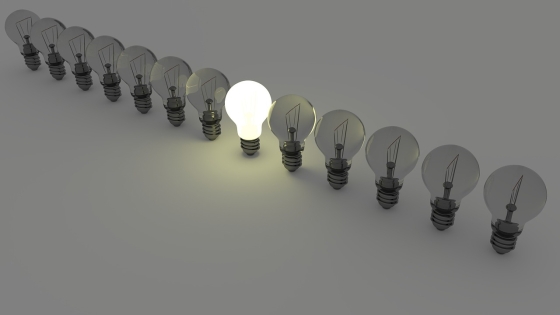Last Leg of Incandescent Phase-Out Signals LED Dominance Across the Globe
<span>As the clock strikes midnight on December 31, 2013, it will herald the beginning of the end for incandescent bulbs in the US, as the phase-out of the inefficient technology enters the final stage. Legislation which was laid down in 2007 will finally come to fruition from the first day of 201

As the clock strikes midnight on December 31, 2013, it will herald the beginning of the end for incandescent bulbs in the US, as the phase-out of the inefficient technology enters the final stage. Legislation which was laid down in 2007 will finally come to fruition from the first day of 2014, as 40-watt and 60-watt incandescent light bulbs will cease to be produced across the entirety of America.
The move signals a new era for the much-feted LED light bulbs, which are being mooted as superbly efficient replacements for the older bulbs. Global interest in LEDs has risen dramatically in recent years as prices have dropped, and now with the US forcing consumers to seek out energy-efficient lighting solutions, their stock will dramatically rise across the rest of the globe.
Steven Ellwood, Managing Director of BLT Direct, a UK lighting supplier which has already seen the dramatic effects of incandescent bulbs phasing out, says, "The US halting production of these older bulbs means that focus will naturally switch to more energy-efficient alternatives. The public may not immediately flock to their local supplier and buy bulk boxes of LEDs, but the next time their incandescent bulb starts to wane, they will look to a bulb that will last longer, cost less and protect the environment. We have already seen something similar with the phase-out in the UK, and we are now seeing many more people turn to LED light bulbs and other efficient solutions in order to light their homes and businesses."
The adoption of LEDs by the US consumer is set to send prices plummeting and stocks rising for light bulb manufacturers across the globe. Prices have already fallen to record lows this year, with further reductions in average price predicted for 2014. This makes LEDs even more accessible to people who may have thought in the past that implementing green lighting solutions and eco-friendly energy alternatives into their home would cost them a fortune.
The UK will continue to remove inefficient bulbs from production, continuing with halogen bulbs, which will no longer be available after 2016. Energy efficiency ratings in homes will be sky-high when the lighting regulations come into play, having a huge effect on the electricity bills that people receive, as well as the environment the cumulative carbon footprint of the general public.
